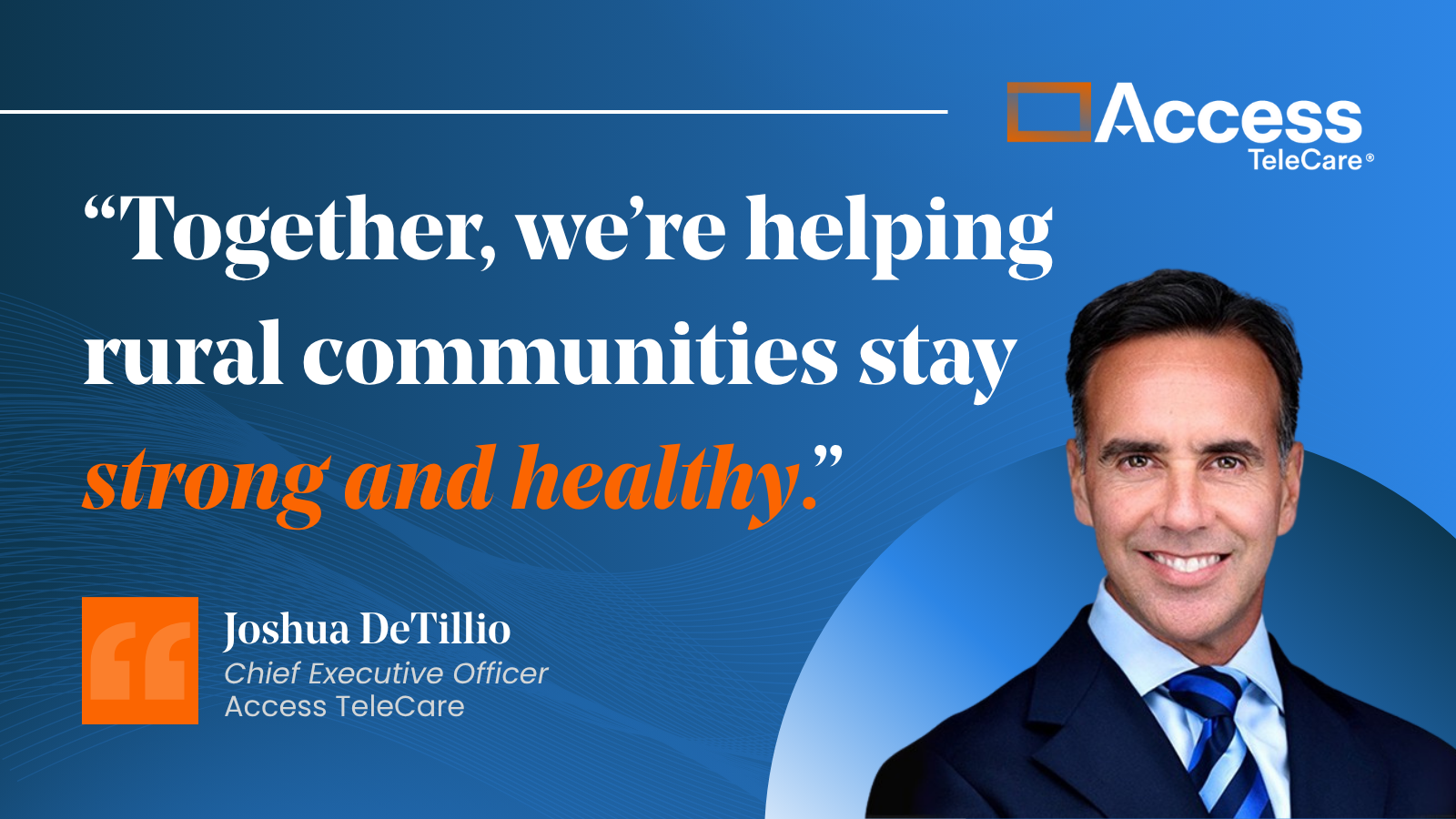The challenge of cost-effective ICU staffing is easy to sum up: how to match high variability in patient acuity and volume with the fixed costs of staffing, space, and equipment to care for those patients. Easy to sum up—yet difficult to address.
As a 2012 article from Health Management, ICU explains:
The complexity of the care processes involved, and the fluctuation in the number of patients needing intensive care at a specific time, make managing intensive care resources very challenging. Having too many resources can be notoriously expensive and can lead to an inappropriate use of ICU beds, while having too few ICU resources prevents timely admission of patients, increases the risk of poor outcomes, and may paradoxically increase costs by unnecessarily prolonging patients’ stay in the ICU.
That description was eight years ago, and a lot has changed. Telemedicine is expanding into more acute care settings, and there are multiple models for addressing the challenge of cost-effective ICU staffing.
A Shortage of Intensivists
The biggest challenge for hospital ICUs is the sheer scarcity of board-certified intensivists, who have long been in short supply. A 2019 review published in Critical Care Medicine studied 2,814 acute care hospitals in the U.S. and found 48% lacked an intensivist. Hospitals that do have intensivists board-certified in critical care medicine are also very unevenly distributed. According to the review, 91% are located in metropolitan areas.
Partly as a result of this scarcity, intensivists are also very expensive. They may be cost-effective in busy urban and academic hospital settings. In all other cases, this expense needs to be evaluated based on the patient volume and acuity levels at the facility.
When COVID-19 hit U.S. shores in early 2020, the problem of expensive and geographically-uneven physician staffing collided with multiple surges and waves of critically ill patients. Many of these patients required intensive care for weeks at a time. These patients weren’t all in busy urban areas near major academic hospitals—they were dispersed throughout the country. To make matters worse, they came to the ICU in multiple, difficult-to-predict waves.
In short, the challenge of matching variability in volume and acuity to a properly-resourced ICU became even harder.
Responses to the challenge of cost-effective ICU staffing
There are four main models for responding to the challenges described above. Comparing both upfront and ongoing costs is essential.
Hospital-employed intensivists
There is little to no upfront investment when hiring “boots on the ground.” However, the short supply of intensivists makes them difficult to recruit and expensive to employ. Because these providers practice in urban and suburban areas predominantly, the burden of critical care at understaffed hospitals leads to high rates of burnout.
Add to that the costs of having 24/7 coverage for critical care patients—even more important during the COVID-19 pandemic—means many hospitals need a second solution.
Locum Tenens
Locum tenens physicians allow hospitals to add part-time or temporary staffing or add night-time and weekend coverage without the cost of hiring another full-time intensivist. Of course, locum tenens physicians are up to 50% more expensive on an hourly basis.
Overall, solving the challenge of cost-effective ICU staffing with locum tenens usually costs more than the equivalent employed physician, even though these temporary physicians work fewer hours. Thus, this solution also avoids upfront investment but saddles the hospital with increased ongoing costs.
eICU: The Bunker Model
The bunker eICU model incorporates remote patient monitoring via beds wired with remote monitoring technology. This model has proven to improve the clinical care quality by alerting onsite staff when patients in the ICU show rapid decline.
However, there are several drawbacks. First, a sizable upfront capital investment is necessary to install the technology. A report from Philips estimates the cost of implementing a bunker-style eICU at $2-5 million. The New England Healthcare Institute and the Massachusetts Technology Collaborative estimate additional annual operating expenses between $1 and $3 million.
Second, this investment is confined within the walls of the ICU, and hospitals cannot leverage it in other parts of the hospital or overflow areas during times of surge volume—a critical shortcoming.
Third, a large body of research has shown that with limited context about patient status beyond remote monitoring data, an eICU can lead to false alarms and overlooked signals, leading to alarm fatigue. The presumption of 24/7 monitoring coupled with alarm fatigue can lead to complacency and reactive patient management.
teleICU
TeleICU is very much like a typical ICU workflow―the difference is that the critical care physician is remote. Like other hospital ICU physicians, teleIntensivists begin each shift by rounding with the patient care team and discussing each patient, classifying them by acuity. Those patients identified with potential problems or increased acuity due to their diagnoses and progressing illness can be escalated for a full in-depth evaluation by the teleIntensivist and onsite care teams. The goal is to assess and treat patients proactively before decompensation occurs.
This clinically-present model ensures remote specialists are proactive in rounding on critically ill patients. It also allows onsite physicians and care teams to collaborate with remote specialists on patient needs. And because there are no wired beds, hospitals can leverage the investment in any area of the hospital a telemedicine cart can be wheeled (and where there is adequate Wi-Fi).
Notably, the initial investment for a teleICU model is estimated at a small fraction of an eICU bunker investment.
The “Just Right” ICU Staffing Solution
Comparing these four main models for solving the challenge of cost-effective ICU staffing is not just about upfront or ongoing costs. It is also about flexibility to transform fixed costs into an agile staffing solution capable of meeting future surges or downsizing when appropriate. Combining mature telemedicine technology with the right clinical workflows and remote clinical support allows hospitals to implement cost-effective ICU staffing in a way not possible just a few years ago.
TeleICU allows hospitals and their physician partners to have an ICU a little like a scene from Goldilocks: not too much staffing, nor too little, but just right.
***
Want to learn more about the teleICU model? Read What is teleICU and Why Do Critical Care Nurses Like It?









